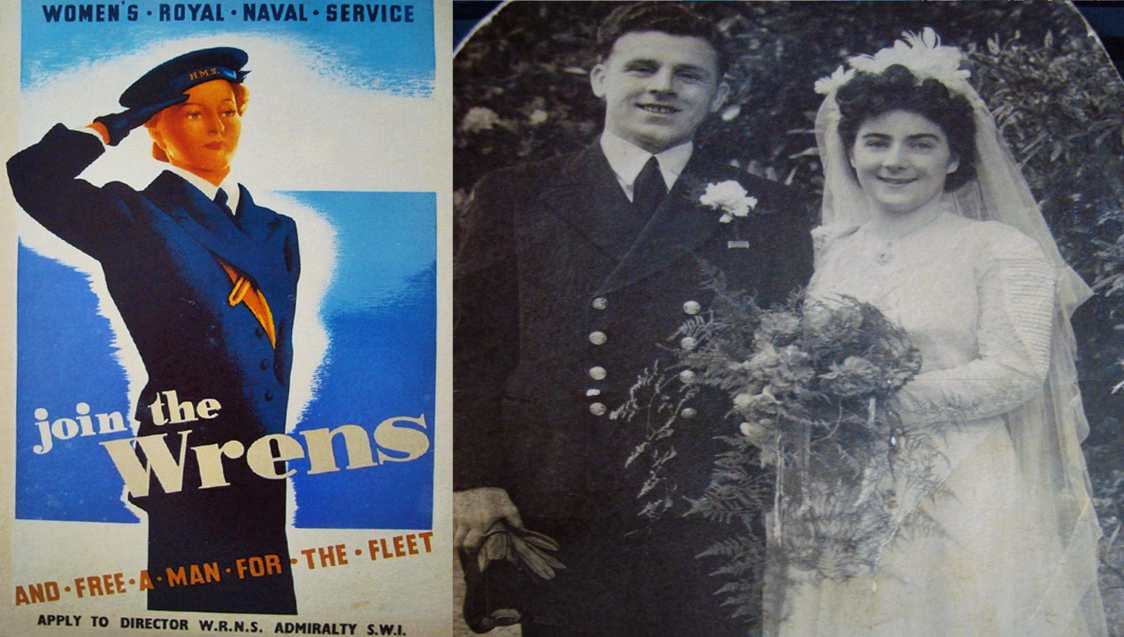
A former Women's Royal Naval Service (Wrens) veteran present at a key moment in the D-Day landings 75 years ago, has been remembered by retired seafarers, family and staff at Nautilus Mariners' Park complex in the UK.
The allied operation on 6th June 1944 was led by the American General Dwight D Eisenhower, and his order to launch D-Day was taken by former Mariners’ Park UK resident, Imelda Jamieson.
In a newsletter to residents at the Wallasey complex for retired Merchant Navy seafarers, their dependants and veterans, Nautilus Welfare Fund manager Mick Howarth paid tribute to Mrs Jamieson - who died the month before the anniversary - and 'the many who paid the ultimate price'.
The newsletter reproduces an article by Mrs Jamieson from autumn 2017, in which she wrote about her life in the Wrens and her part in the D-Day operation.
When asked why she wanted to join the Wrens and not any of the other services, Mrs Jamieson said that living by the coast, in Hoylake on the Wirral, and with having family members who had crewed the Hoylake Lifeboat it seemed 'the right thing to do'.
Mrs Jamieson commenced her training at HMS Glendower, Pwllheli in North Wales, and after her training she was posted to HMS Shrapnel in Southampton, UK, where she ended up in the communications room as preparations for D-Day came closer.
Most of the planning for D-Day took place at headquarters in and near London. At the time, when D-Day landings were launched however, the allied commanders wanted to be closer to the assault troops and the ports from which they would leave, and so General Eisenhower - the supreme allied commander and Sir Bernard Montgomery, commander of the allied ground forces - moved to the areas of Southwick and Southampton. The allied naval commander, Sir Bertram Ramsay already had his headquarters in Southwick. In the days leading up to D-Day, the allied commanders would meet to take the decision on when to launch D-Day.
The original date for D-Day was 5 June 1944, but the commanders judged that the weather would be too bad to begin the landings and decided they be postponed by 24 hours. At this time, Mrs Jamieson was in the communications room in Southampton - known then as the 'South Western Hotel' - where British and American allied staff were also employed - including General Eisenhower.
As Mrs Jamieson sat in front of her telephone on D-Day, a red light came on. Mrs Jamieson answered the call, then heard the voice of General Eisenhower say: 'OK Let’s go'. This was Mrs Jamieson's instruction to inform all concerned that D-Day operations should begin.
Mrs Jamieson left the Wrens after five year's service, and in 1945 she married her husband George, a Merchant Navy seafarer who took part in the PQ17 Arctic Convoy. Mr Jamieson was a seafarer for 36 years, and during the second world war he survived the sinking of three ships on which he served. Mr Jamieson died in 1991, but had been awarded the British Empire Medal, the War Veterans Medal and the Russian Anniversary Medal and Certificate.
Mrs Jamieson's sister Kitty was also in the Wrens and is currently a resident of Mariners' Park.
Nautilus will also join key commemorations for seafarer veterans during the fifth Merchant Navy Day on 3 September - the day chosen to annually commemorate men and women seafarers involved in global conflict. Seafarers UK campaigns annually to have the day remembered with the Red Ensign.
Tags
